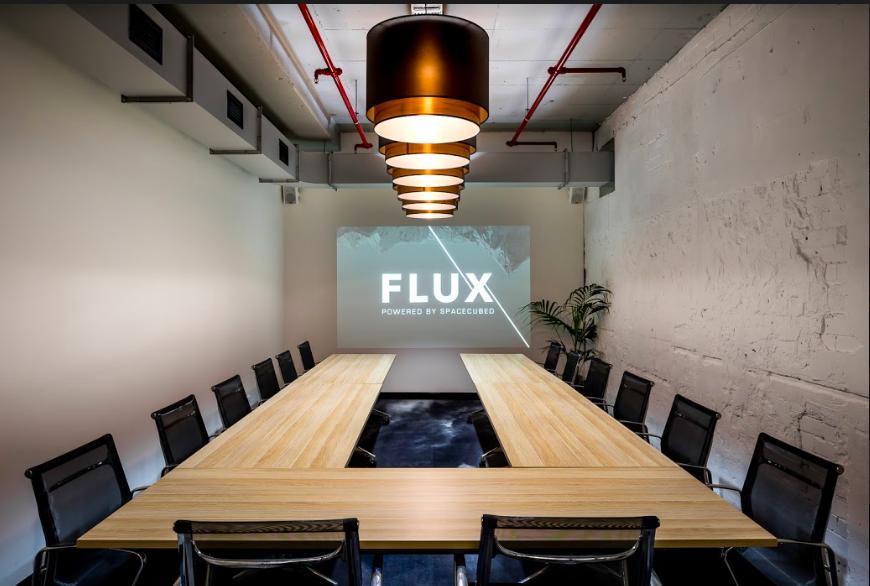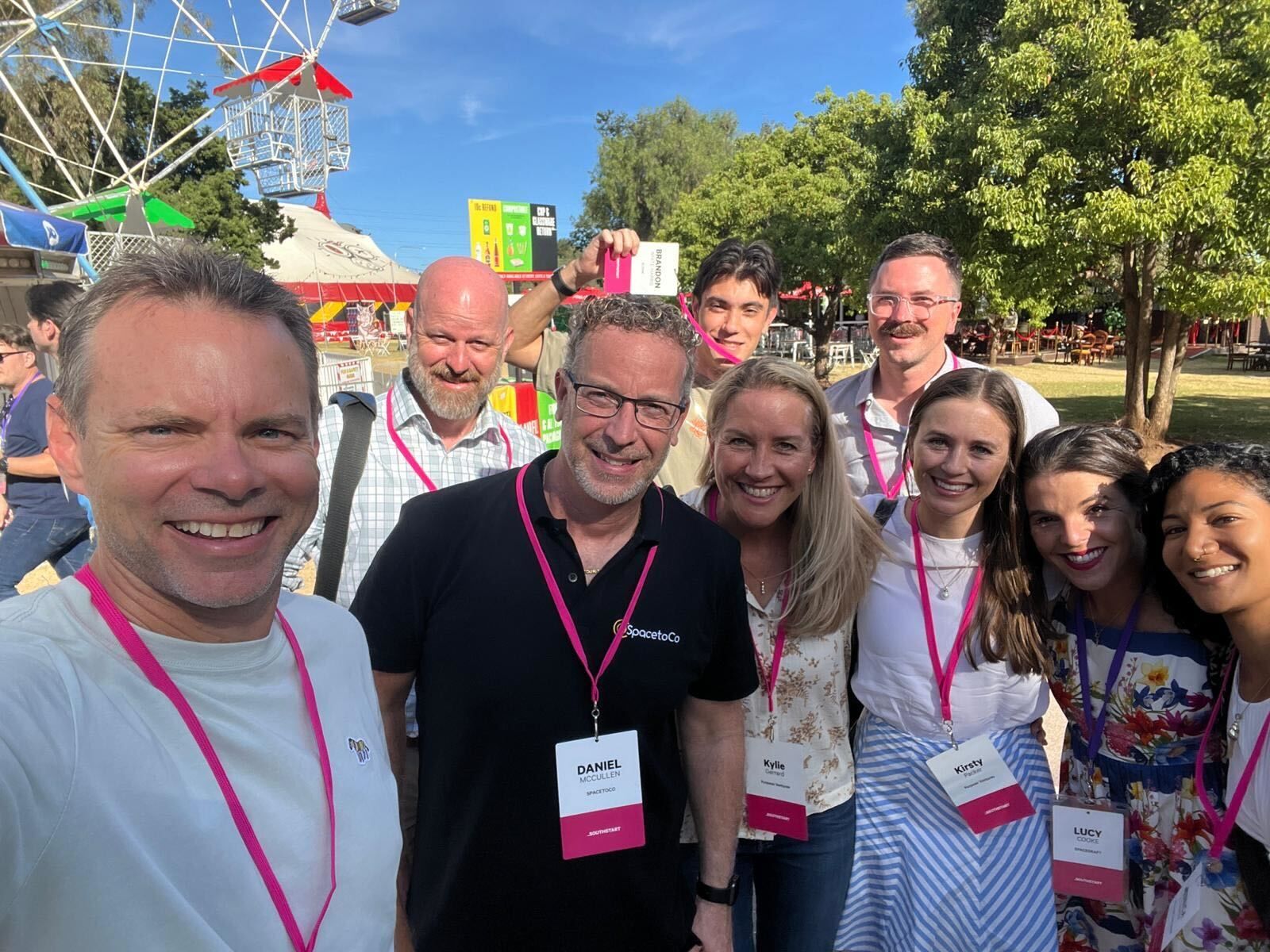Corporate Venturing in Perth Requires a Portfolio Approach (Part 3)
In part 1 and part 2 we discussed the three horizons model and how to categorise innovation projects and startups to form a portfolio that will become core business in the future.
Shifting our thinking to focus on the fact that, if the majority of our efforts are focused on the H1 core business, we are likely to be disrupted by H2 and H3 innovations. We need to balance maximising stock price today with future sustainability.
"Today people who hold cash equivalents feel comfortable. They shouldn't. They have opted for a terrible long-term asset, one that pays virtually nothing and is certain to depreciate in value." ~ Warren Buffet
Organisations like Google (Alphabet) have architectures that allow moonshots (+$1B disruptive tech) to go from H3 to H1 core business. However, for the majority of corporations starting to optimise an innovation agenda, it may be best to gain efficiency in H2 and save H3 investments for those that have a minimum market potential of +$100B.
To gain efficiency from H2 startups or projects, it's important that our organisations comprehend and are capable of speaking a language and narrative that is capable of making H2 startups or projects into H1 businesses.
Specifically around the following dimensions;
Risk
- Market risks; assuming that market exists and the startup/project is capable of operating in it.
- Technology risk; will the startup/project be capable of adapting or creating the technology.
- Team Risk; the higher the risk of variability the more important it is that the team has a level of entrepreneurial drive to operate under uncertainty. Teams capable of operating at these different level of risk will be quite different to teams within the core business.
- Innovation outposts are critical to de-risking H2 Type 2 businesses. As they provide support infrastructure and relevant knowledge flow for startups and innovation projects.
Timelines
- Type 2 projects require longer timelines than Type 1 businesses to become core business.
- It’s important to understand Type 2 business models take a time to form especially as they transition from H3 to H2.
- Executives need to understand that the market being addressed is emerging in itself.
- Due to timeline variability, it is important to set clear decision gates that are realistic and able to move as signals are received from the market and product evolves.
Culture
- The culture of Type 2 startups needs to be different to the parent organisations. Primarily due to the level of entrepreneurial drive, these projects require for success.
- Type 2 teams must deal with a high degree of uncertainty and probability of failure.
- They must be capable of creating a culture motivated by a significant vision that will become the culture of the H1 core business.
- Resources transferred from the H1 business must be capable of adapting to the H2 culture.
- Resources must also be capable of withstanding the leanings of the H1 core business units to reject and revert to existing cultures.
- Avoiding the tendency to inherit the culture of the parent organisation. Instead, choose to take the best and leave components based on startup/project requirements.
Leadership
- H2 Type 2 leaders must be capable of operating under uncertainty and have significant flexibility to change.
- Various team members often need to be trained, replaced and augmented over the course of scaling from H3 to H2 to H1.
- Often the team that gets to $10M revenue will be vastly different to the team at $100M in annual revenue.
- The leaders of H2 business should be capable of transitioning into H1 leaders within the core business.
Investment
- H2 and H3 businesses due to the process of finding product market fit and stability will be higher risk investments. Of the H2 businesses, Type 2 projects will require a higher investment.
- Corporations and investors need to be willing to fund the projects knowing that in the future they will supplement the current H1 business.
- The business must be capable of funding these projects even through funding troughs.
- It’s best to fund such endeavours in tranches based on milestones and targets.
- Tranches should be held until an evaluation has occurred. Evaluation is also an opportunity to decide if a project should be continued or shuttered. Nevertheless, tranches and milestones should have sufficient flexibility for the startup to pivot and find product market fit.
In summary, ambidextrous 3 horizon corporations must be capable of balancing H1 business objectives with H2 and H3 experiments. H2 experiments being the most important to the corporation's current innovation agenda and finding the next generation of H1 business. CEO’s and executive management should be across H2 and H3 initiatives in order to find the H1 businesses next growth engines.
To find out more about Spacecubed corporate programs in Perth click here, or contact nesh@spacecubed.com to learn how your company can partner with Spacecubed for Innovation Programs.








